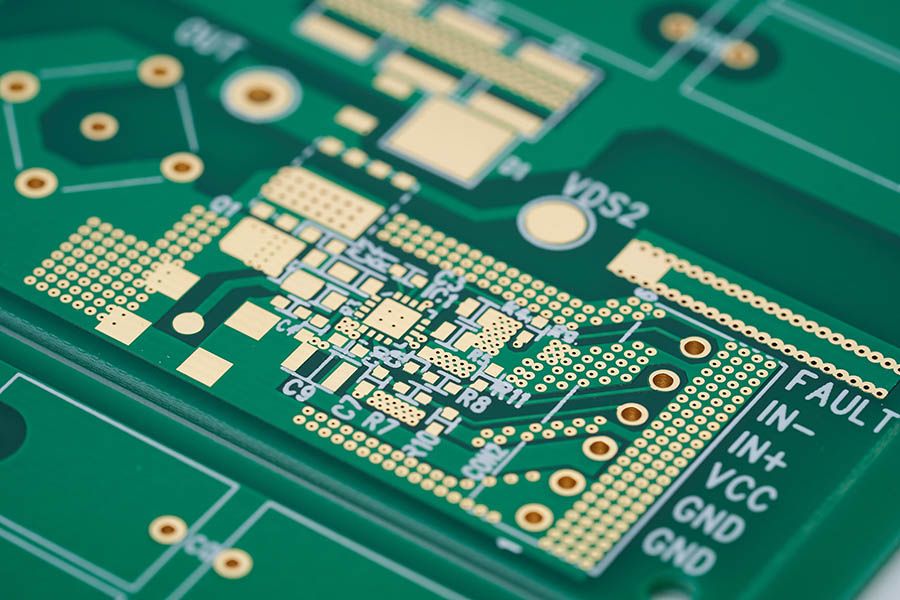
Decoding the Copper Price "Roller Coaster": How Electronics Manufacturers Can Resolve Cost and Delivery Crises
Behind the Price Volatility: What's Driving the Market?
The Global Green Energy Transition: From electric vehicles (EVs) to wind turbines and solar panels, clean energy technologies require several times more copper than their traditional counterparts. This structural growth in demand provides long-term support for copper prices. Supply-Side Bottlenecks: Aging mines, labor issues, and geopolitical risks in major copper-producing countries have all disrupted the global copper supply. The growth rate of mining and refining capacity is struggling to keep up with the pace of demand growth. The AI and Data Center Boom: The construction of AI servers and large-scale data centers consumes massive amounts of electricity, driving enormous demand for copper-intensive infrastructure like cables, busbars, and cooling components. Macroeconomic Factors: Global inflation expectations, fluctuations in the US dollar exchange rate, and the monetary policies of major economies also add to the uncertainty surrounding copper's financial attributes.
Ubiquitous Copper: The "Lifeblood" of the Electronics Industry
Printed Circuit Boards (PCBs): Copper is the core material that forms the conductive traces on a PCB. Whether it's a simple single-layer board or a complex multilayers PCB, the surface and inner-layer circuits are etched from extremely thin copper foil. The quality and price of this copper foil directly determine the base cost of printed circuit board assembly. Connectors and Cable Assembly: In connectors and cable assembly, the contact pins and wire cores used to transmit signals and power are almost exclusively made of copper or copper alloys to ensure low resistance and high-reliability connections. Semiconductors and Components: From the lead frames and heat sinks in chips to inductor coils and transformer windings, copper is used everywhere to guarantee the electrical performance and thermal management of components.

The Ripple Effect: How Rising Copper Prices Impact the Supply Chain
Direct Cost Escalation: The first and most direct impact is on raw material costs. Suppliers of PCB laminates (Copper Clad Laminates, or CCLs) are the first to raise prices, followed quickly by manufacturers of connectors, cables, and various other components. This passively increases the Bill of Materials (BOM) cost for providers of electronic manufacturing services. Squeezed Profit Margins: For projects with existing quotes or long-term contracts, a sudden spike in raw material prices can severely erode a manufacturer's profit margins. If price adjustments cannot be negotiated with clients in time, it can even lead to losses. Extended Lead Times and Supply Uncertainty: When there is an expectation of rapid price increases, some suppliers may hoard inventory or prioritize supplying larger, higher-paying customers. This can lead to procurement difficulties and extended delivery times for small and medium-sized manufacturers. Increased Pressure on Cash Flow: Higher procurement costs mean more working capital is tied up, placing additional strain on a company's cash flow management.
Proactive Planning: 5 Key Strategies for Electronics Manufacturers
Build Strategic Supplier Partnerships: Establish long-term, transparent relationships with core suppliers, especially manufacturers of copper-clad laminates and connectors. Lock in relatively stable supplies and prices by signing long-term agreements, negotiating price adjustment mechanisms, or making bulk purchases. Optimize Inventory Management and Procurement Strategy: When forecasting a sustained price increase, consider strategic procurement to build a safety stock of critical materials. Simultaneously, use digital tools to monitor copper prices and inventory levels to avoid the risk of tying up capital from overstocking. Deepen Design and Engineering Collaboration (Design for Cost): Encourage R&D and engineering teams to consider cost factors from the earliest design stages. For example, optimize the layout of a multilayers PCB to reduce unnecessary copper usage without compromising performance, or evaluate the feasibility of using alternative materials like copper-clad aluminum in non-critical applications. Increase Flexibility in Quoting and Contracts: When quoting new projects, fully account for the risk of raw material price fluctuations. You can set shorter validity periods for quotes or include material price adjustment clauses in contracts based on the LME (London Metal Exchange) copper price to share the risk with your clients. Strengthen Transparent Communication with Clients: When cost pressures can no longer be absorbed internally, communicate proactively and honestly with your clients. Provide a detailed cost breakdown and work together to negotiate a price adjustment. Transparent communication helps maintain client trust and avoids damaging the partnership through sudden price hikes.
Conclusion

